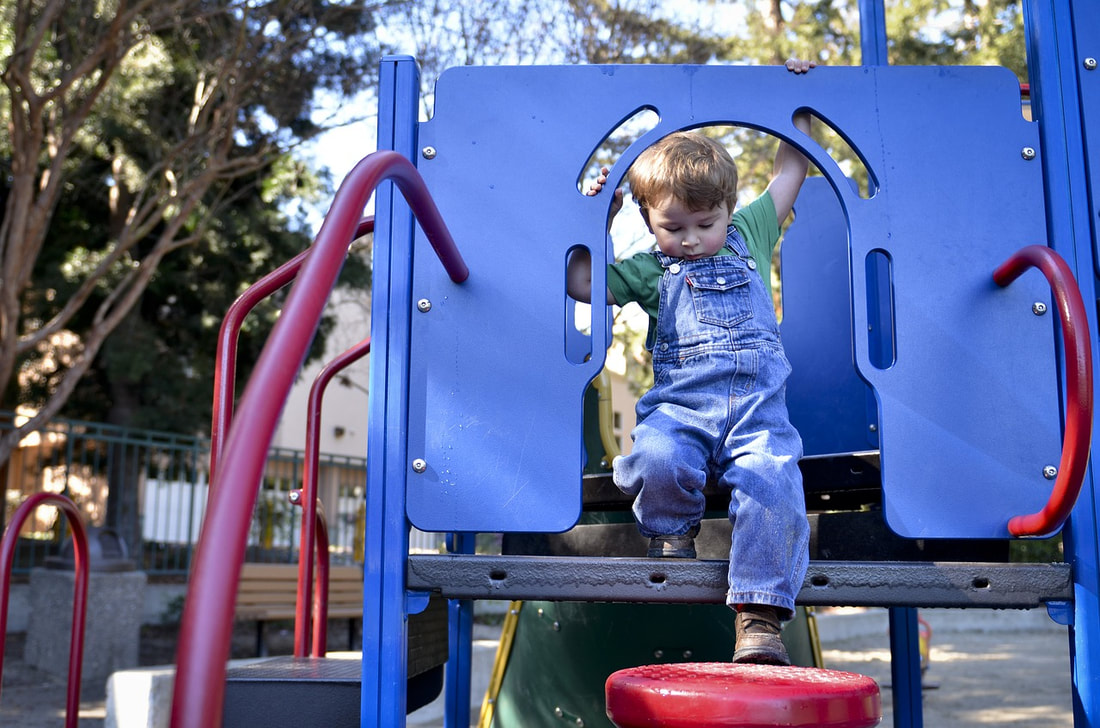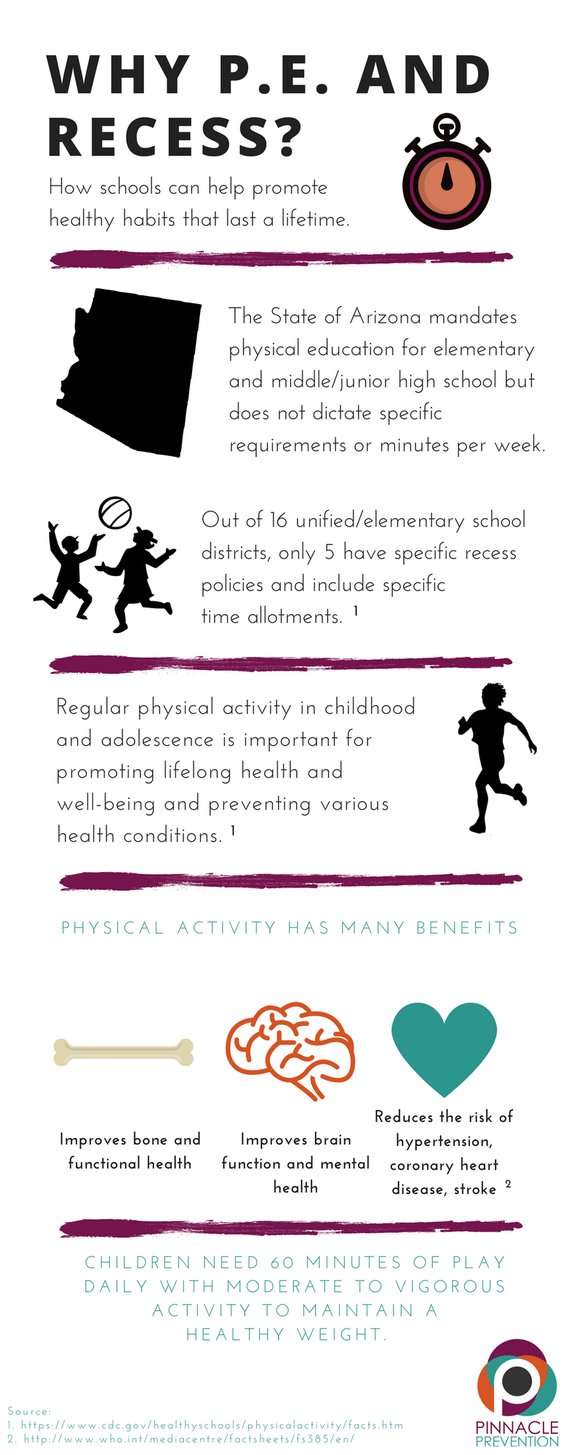|
If you ask a child what their favorite subject in school is, you’re likely to hear “recess” as a response. Recess and interactive P.E. classes are not only a fun break from academic workouts in school – they also play a critical role in keeping our children healthy and happy. Recess and P.E. classes provide a safe environment for children to stay active, and guarantee a healthy amount of physical activity each day during the school year. In this way, schools are not only a place for our children to learn, they are also acting as an important player in promoting wellness across communities. Recess encourages kids to socialize with peers, provides an outlet for extra energy, and helps children focus better in class. But most importantly, recess helps young students stay active and healthy. Studies show that children who get at least 20 minutes of recess per day have a lower body mass index percentile than their peers. Regular physical activity in school can set children up for a lifetime of healthy, active habits, but many U.S. schools don’t require physical education courses. Children need 60 minutes of play daily with moderate to vigorous activity to maintain healthy weight. According to the CDC, only 21.6 percent of youth ages 6 to 19 attained this recommended amount of activity. The State of Arizona mandates physical education for elementary and middle/junior high school students, but does not dictate specific grade requirements or minutes per week. According to Bridging the Gap, a national advocacy group focused on youth health and wellness research, 60% of school districts in the U.S. do not have daily recess requirements. The majority of the 15 Valley unified and elementary school districts also don’t have specific requirements. The only districts that have 15-20 minute recess requirements are: Deer Valley Unified School District, Peoria Unified School District, Mesa Public Schools, Pendergast Elementary School District, and Buckeye Elementary School District. If you are interested in finding out more about your school’s requirements, reference the school’s wellness policies. Last year, an Arizona Senate panel rejected a bill that would have required recess through 5th grade. “This basically ignores the numerous studies and evidence regarding the cognitive, academic, social, emotional and physical benefits of recess,” our executive director Adrienne Udarbe said in response to the decision. Some decision makers worry that recess takes away time from the classroom, especially with the current emphasis on measuring student performance. However, being active helps kids to learn better and focus more in class. Teens who were active in school were 20% more likely to earn an “A” in math or English. Healthy habits like exercising and eating more fruits and vegetables remain a part of someone’s life, long after they are done with school. So, bond with your kids over fun ways to exercise, support wellness programs in your schools and community, and make staying active a daily healthy habit!
1 Comment
Sharvari P Joshi
8/9/2018 02:50:41 am
Thanks for sharing the useful information. It is really a great blog.
Reply
Leave a Reply. |
Pinnacle Prevention BlogFollow our blog for tips, insights and conversations about healthy living. Archives
June 2024
Categories
All
|
Location |
|



